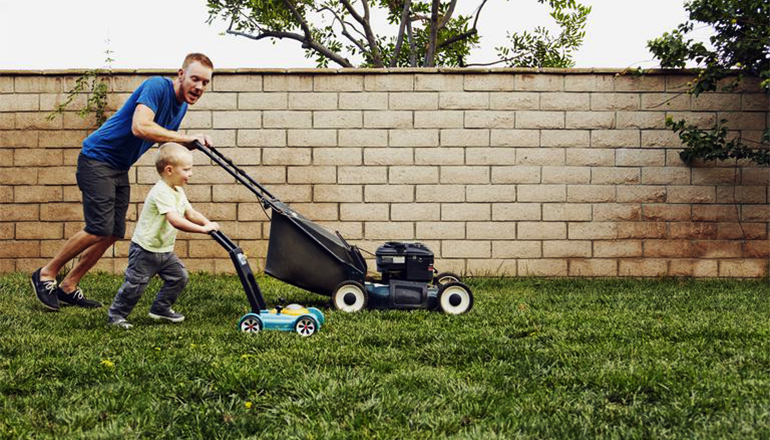With the warmer weather arriving, and young people looking to earn some money, lawn mowing is often one of the first jobs young people have.
It is also one of the most dangerous spring activities, says University of Missouri Extension health and safety specialist Karen Funkenbusch.
U.S. hospital emergency departments treat about 80,000 people each year for lawn mower injuries, according to the Consumer Product Safety Commission. The American Academy of Pediatrics reports that more than 17,000 children and teens receive treatment for such injuries each year.
Funkenbusch urges parents to reduce risk by knowing which tasks are appropriate for the age of the child. Proper training, supervision, and safety protection are basics of safe lawn mowing.
Ask yourself if you feel your child is mature enough to recognize a hazard, problem-solve and respond appropriately, says Funkenbusch. Children under 13 require constant supervision. Children ages 14-15 need intermittent supervision. Children 16 and older require less supervision.
Train children while operating mowers at low speed on level ground when there is good light, says Funkenbusch. Remind them not to let anyone else ride with them or be in the yard when they mow. Also, remind them to pick up yard debris before using a mower or trimmer.
Make sure your child wears closed-toe, non-skid shoes, and hearing and eye protectors, and avoids wearing loose-fitting clothing that the mower can grab on to. Talk to your child about sun protection and regular hydration while mowing.
Funkenbusch recommends that parents ask themselves these questions before letting a child mow the lawn:
- Does your child have the physical strength to push, turn and control a push mower safely?
- Is the child tall enough to operate controls?
- Is your child coordinated enough to use his hands and feet simultaneously?
- Are the mower and attachments like baggers in good working condition?
- If you have a riding mower, does it have a seatbelt and a rollover protection device?
- Does your child know to stop the mower, shut it off and call for help if the mower strikes an object?
“Operating a Lawn Mower,” a guide from the National Children’s Center for Rural and Agricultural Health and Safety, is available at online by clicking this link.







